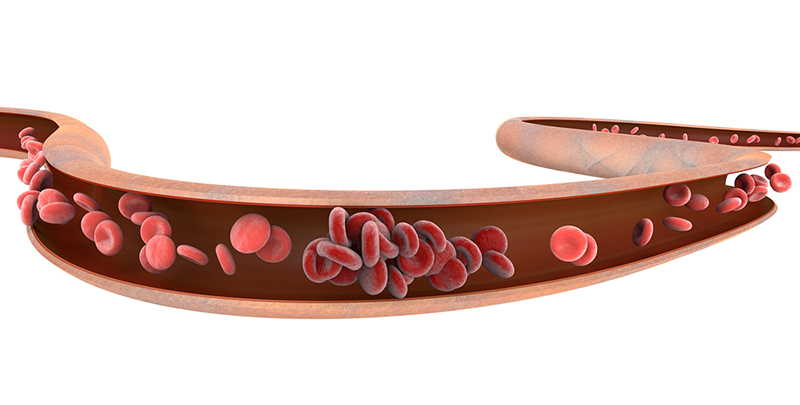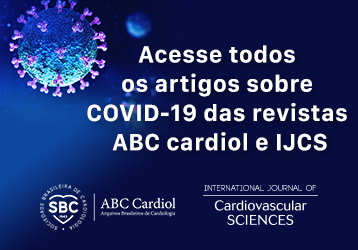Volume 31, Nº 5, Setembro e Outubro 2018
DOI: http://www.dx.doi.org/10.5935/2359-4802.20180044
ARTIGO ORIGINAL
SAMe-TT2R2 Score: A Useful Tool in Oral Anticoagulation Decision-Making for Venous Thromboembolism Patients?
Fernando Pivatto Júnior
Rafaela Fenalti Salla
Lísia Cunha Cé
Andréia Biolo
André Luís Ferreira Azeredo da Silva
Bruno Führ
Luís Carlos Amon
Marina Bergamini Blaya
Rafael Selbach Scheffel

Abstract
Background: The SAMe-TT2R2 score was introduced to identify atrial fibrillation patients with a high risk of not achieving a good time in therapeutic range (TTR) during vitamin K antagonists (VKA) therapy.
Objective: The aim of this study was to evaluate this score in venous thromboembolism (VTE) patients.
Patients and methods: A retrospective cohort study of patients receiving care at the outpatient anticoagulation clinic of a tertiary care teaching hospital. Patients were classified as having low (score 0-1) or high risk (score ≥ 2) of not achieving a good TTR. The area under the ROC curve was calculated to assess the ability of the score to predict a TTR ≥ 65%. Adverse event-free survival curves according to the SAMe-TT2R2 score were calculated by the Kaplan-Meier method and compared by the log-rank test. A P-value < 0.05 was considered statistically significant.
Results: We investigated 111 patients during a median follow-up of 2.3 (0.7-6.4) years. Mean age was 54.1 ± 15.7 years, and 71 (64.0%) were women. Low- and high-risk groups had similar mean TTR (51.9 vs. 49.6%; p = 0.593). The two groups did not differ significantly in the percentage of patients achieving a TTR ≥ 65% (35.6 vs. 25.8%; p = 0.370). The c-statistic was 0.595 (p = 0.113) for TTR ≥ 65%. Adverse event-free survival during anticoagulation was also similar in both groups (p = 0.136).
Conclusion: The SAMe-TT2R2 score does not seem to be a useful tool in oral anticoagulation decision-making for patients with VTE and should not be used in this setting. (Int J Cardiovasc Sci. 2018;31(5)483-491)
Keywords: Venous thrombosis; Venous thromboembolism; Pulmonary embolism; Anticoagulants; Decision support techniques.











